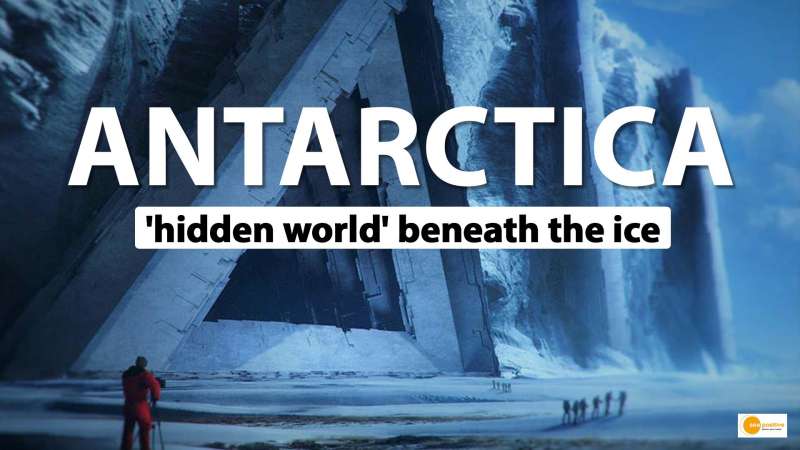

Highlights:
• Researchers from New Zealand discovered an amazing hidden world of aquatic life
• New Zealand scientists discovered new ecosystem beneath the Ross ice shelf
A hidden world of aquatic life 500 metres beneath the ice in Antarctica has been discovered, complete with shrimp-like creatures in a vast cathedral-like cavern.
New ecosystem beneath the Ross Ice Shelf
New Zealand scientists discovered the fascinating new ecosystem beneath the Ross Ice Shelf while investigating the effects of global warming in a suspected estuary.
Drilling down through the ice shelf and into the river below was carried out by researchers from universities in Wellington, Auckland, and Otago, as well as the National Institute of Water and Atmospherics (Niwa) and the Geological and Nuclear Sciences.
Saw swarm of amphipods
They were surprised to see tiny swarming amphipods, organisms from the same family as lobsters and crabs, after sending down a camera.
“For a while, we thought something was wrong with the camera,” Niwa’s Craig Stevens explained, “but when the focus improved, we noticed a swarm of arthropods around 5mm in size.”
We’d done experiments in other parts of the ice shelf and thought we’d figured things out, but this time there were some big surprises.”
He went on to say that while studying climate change was an important part of the research, the team also had to do some exploring.
“We were jumping up and down,” he continued, “because having all those animals swimming around our equipment means there’s clearly an important ecosystem there.”
Discovered estuary after spotting groove in the ice
Huw Horgan of Te Herenga Waka Victoria University of Wellington, the project’s lead scientist, discovered the estuary after spotting a groove in the ice while studying satellite imagery of the Ross ice shelf.
Scientists had previously discovered freshwater lakes and rivers beneath the frozen continent, but they had not been surveyed directly.
“Being the first to observe and sample this river felt like entering a secret world,” Mr Horgan said.
In order to study the river’s behaviour, researchers placed instruments inside it.
They were able to capture the changes during the massive eruption of the Tongan volcano Hunga Tonga-Hunga Ha’apai, which was particularly interesting.
The instruments detected a significant pressure change caused by the tsunami that passed through the cavity after the eruption.


